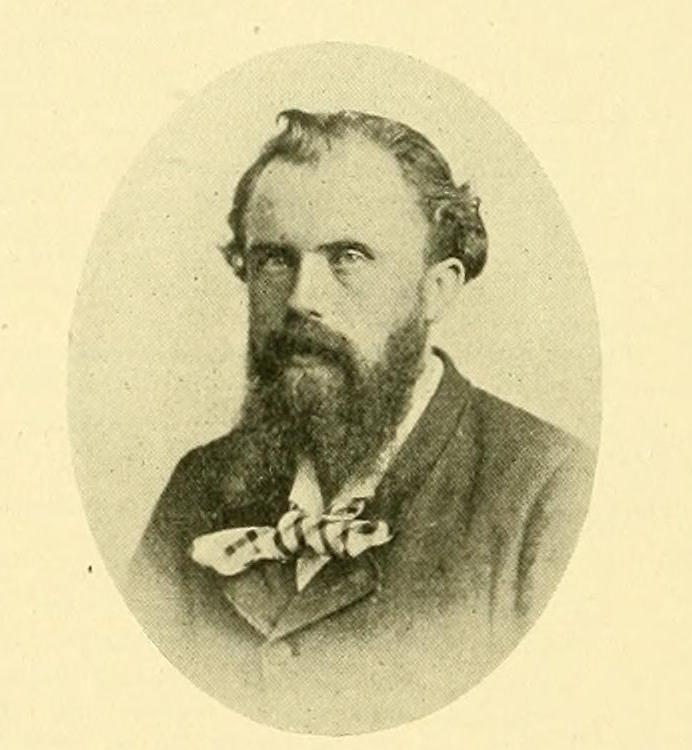Gustav Mann (1836–1916) was a German-born gardener, plant hunter, economic botanist and later forestry official in the British Raj. In April 1859, William Hooker employed Mann at the Royal Botanic Gardens, Kew. In October, he was sent to West Africa to replace the British naturalist Charles Barter as botanist on the ill- fated Niger Expedition under the leadership of Captain Baikie. Mann made frequent stopovers that he used to collect specimens from the Canary Islands and Sierra Leone. He then reached the Gulf of Guinea, where he further amassed specimens that were sent back on naval ships to the British metropolis. He subsequently joined the Indian Forest Service in 1864, soon becoming ‘Assistant Conservator for British Sikkim’, then the first conservator of the Forest of Assam in 1868, and later deputy conservator of forests. In these influential positions, Gustav Mann put his botanical expertise into practice amidst the tea and cinchona plantations at Darjeeling and Assam, always aiming at improving the commercial cultivation of cash crops in northern India. Among other things, Mann was one of the first to predict that the natural rubber resources in Assam would soon be exhausted. He ordered the large-scale plantation of rubber trees in 1873, which ten years later already encompassed an area of some 900 acres, and would increase still further until the early years of the twentieth century.
He naturalized as a British subject in 1871, and retired from British colonial
service in 1891, settling in south Germany.
(Material taken from: Brescius, German Science in the Age of Empire, Opportunity and the Schlagintweit Brothers, p. 83).
